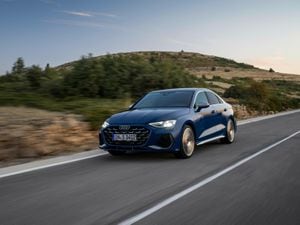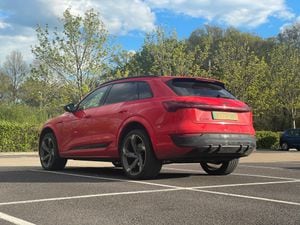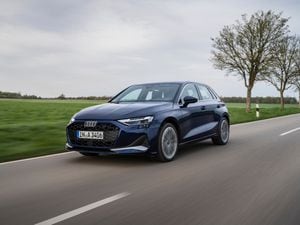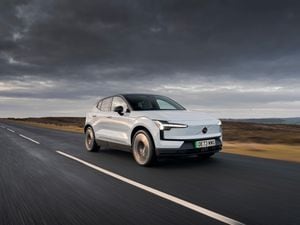Long-term report: Maximising the Peugeot 408’s electric-running ability
Ted Welford explores the electric features of the Peugeot 408
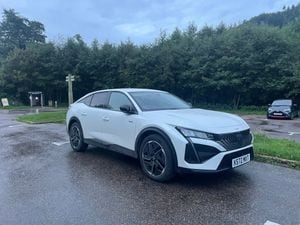
I’m one of those people who loves numbers and anything to do with statistics, and I’ve realised driving a plug-in hybrid makes me even more obsessed.
Running a petrol car or an electric car, it’s only your right foot that helps to impact efficiency, but with a plug-in hybrid, it’s how often you plug in the car that makes the difference.
In theory, I’m the ideal case for a plug-in hybrid, as I can easily charge a car at home, do lots of local miles, but also do longer journeys where quickly filling the car with petrol is preferable to sitting waiting for a car to charge.

In the time I’ve had with ‘my’ Peugeot 408 plug-in hybrid though, I seem to have done more long journeys than I usually do, with these treks from York to London often seeming to undo all the good I’ve done pottering around locally on this hatchback’s electric miles. That’s because, on motorways and at higher speeds, nearly all your driving in a plug-in hybrid is spent running the car as regular petrol once the battery is depleted.
However, recently with a week spent at home and only local miles to do, I thought I’d explore the 408’s electric-running ability to the fullest. Peugeot claims up to 40 miles can be achieved once the 12.4kWh battery is fully charged, though I’ve never seen anything close to that figure.
Most of the time, depending on the route, speed and driving, I get anywhere between 20 and 30 miles on a full charge. To make a plug-in hybrid truly work and be beneficial, most of your driving miles need to be done within that range. Though we live in a rural village, it’s enough to do a return journey to the nearest town and back, but not much further.
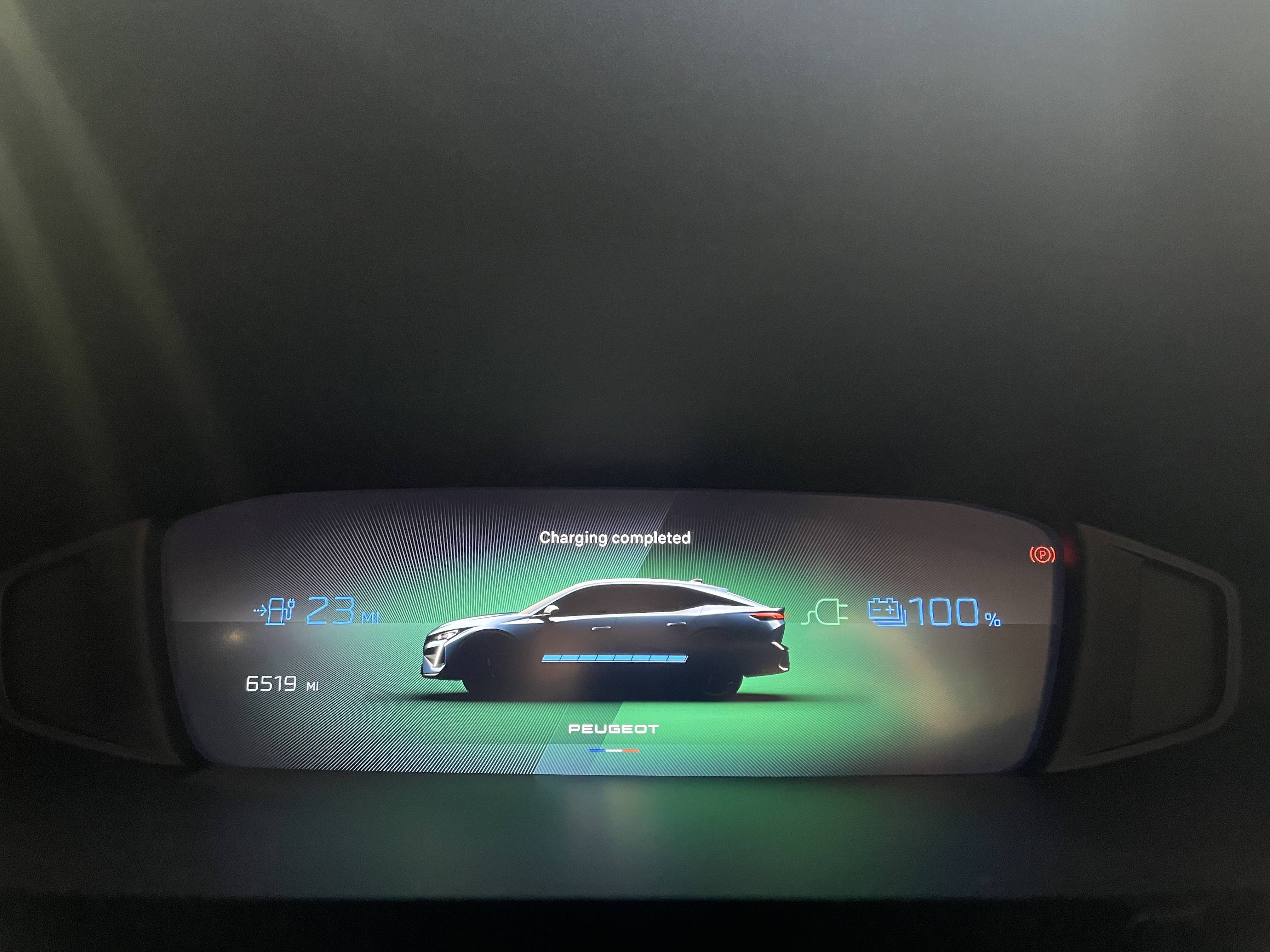
The one good thing about the 408 is that even if you leave it in pure ‘electric’ mode, which is the default when the battery is charged, it offers enough pace without the need for the engine to come into action. It means that most of the time, it’s left in ‘electric’ until the battery is depleted, at which point it switches automatically to ‘hybrid’.
The result after nearly completing all my miles on electric over the course of a week was a staggering 470mpg over 116 miles, with the fuel needle not even moving in that time. It’s driving like that which really shows the benefits of plug-in hybrids can bring.
All the charging I do in the 408 has been done at home, too. Though you can plug these hybrids into public chargers, it’s an expensive way of doing it, and can also block spaces for motorists with fully-electric cars, which can be annoying if you’re on the receiving end. While you probably need a proper charging solution if plugging in an EV at home, you can get by with a hybrid without.
After this week of ‘rest’ for the Peugeot 408, it’s been thrust back into action again, with plenty of motorway miles. At times you feel like you’re undoing all your handy work, but given the 408 is able to manage 45mpg even on an empty battery, it’s far from disappointing. I also continue to be impressed by just how comfortable it is on longer trips too.
There’s very little I don’t like about the 408, and it continues to serve as an impressive daily driver. There’s only a month left before Peugeot asks for the keys back, but there’s plenty left to do and explore before it’s returned.

